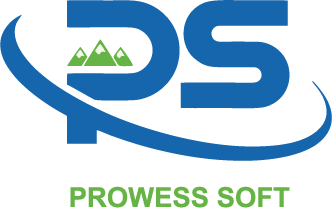
Migration To Mule
Enterprises use multiple technologies and Mule Migration tools to implement their business functions. With the technology tools at their disposal, enterprise architecture teams implement frameworks and other reusable artifacts, as well as integration accelerators and tools that fill in the functionality gaps between the tools and the business use cases that the enterprise addresses.
Over time, as enterprises continue to adapt to evolving business needs, the underlying technology stack may prove inadequate.
Whether it is a move from a monolith to SOA, or from SOA to Microservices, adopting a cloud strategy, or implementing a specific technology pattern such as Streaming, if the existing underlying tool does not support it, it becomes essential for enterprises to initiate a structured Mule Migration strategy—focusing on scalability, interoperability, and alignment with modern integration standards.
With newer technology paradigms for solutioning, organizations can reach their desired target architecture faster through Mule Migration frameworks and accelerators rather than persisting with legacy systems that limit innovation.
